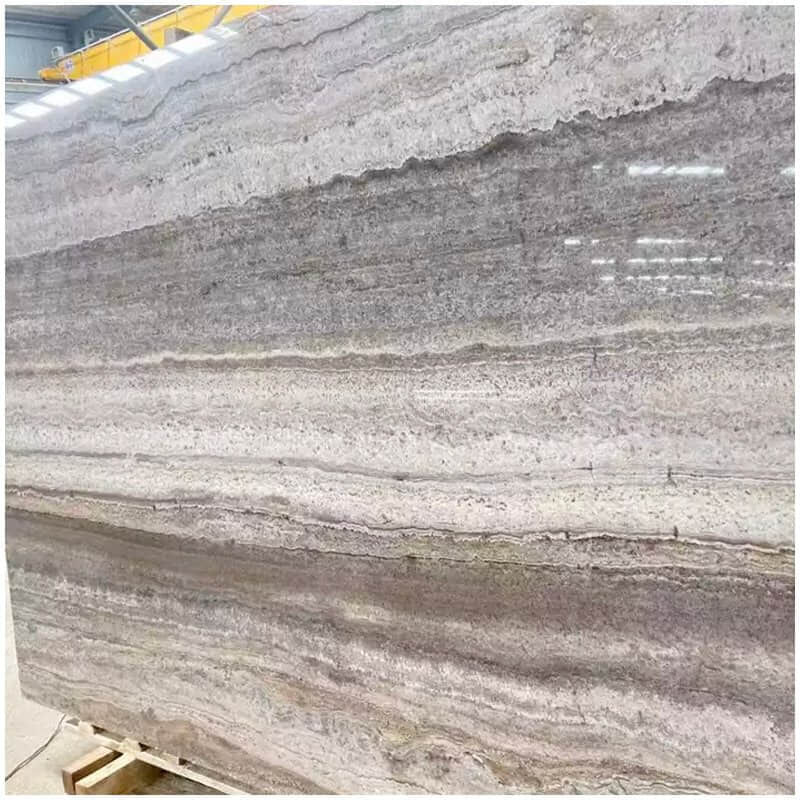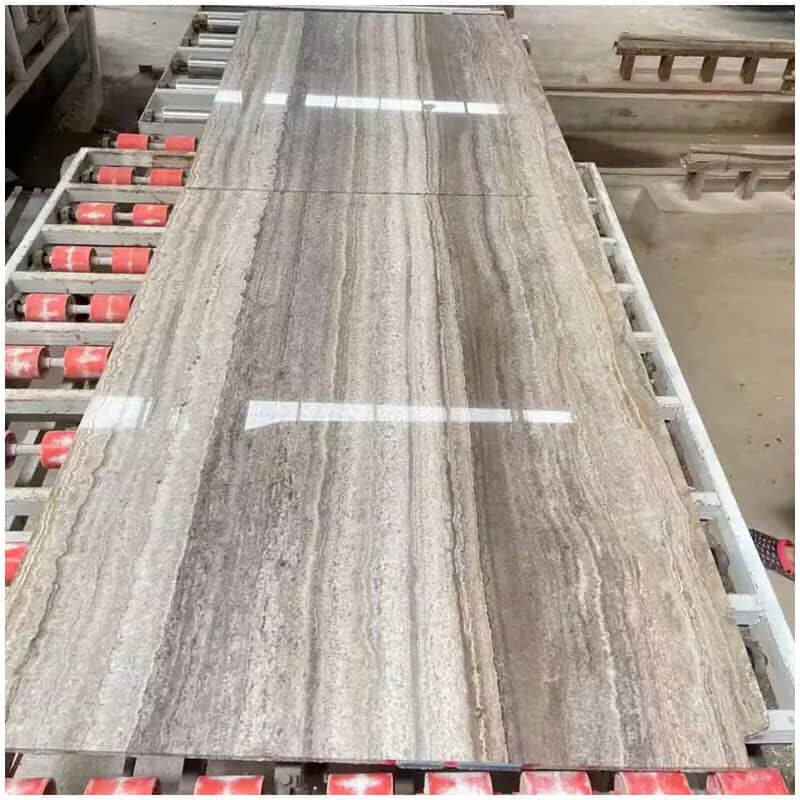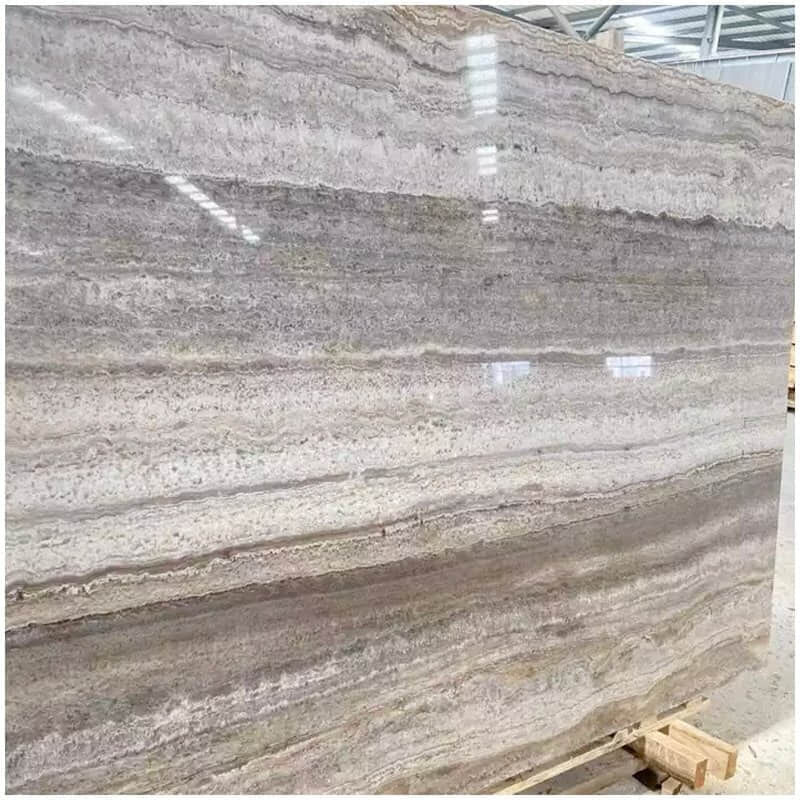taj mahal lapátár
A Taj Mahal cserép ára jelentős tényező a természetes kő-piacton, különösen azok számára, akik prémium marmort keresnek építészeti alkalmazásokhoz. Ezek a kiválóan díszített cserépek kiválasztott bányákban származnak, és megmutatják a karakterisztikus fehér mármort finom szürke és arany vonalakkal, amelyek tükröznek az ikonikus Taj Mahal estétikáját. Az aktuális piaci árak általánosan $150-tól $400-ig terjednek négyzetlábanként, minőségi osztály, vastagság és dimenziós specifikációktól függően. Az árszerkezet figyelembe veszi a tényezőket, mint például a kibányászati módszereket, a feldolgozási technikákat és a befejezési lehetőségeket, beleértve a politált, csiszolt vagy sürgélt felületeket. A cserépek különösen értékesek a hosszú tartósságuk miatt, melynek vastagság-választási lehetőségei 18mm-től 30mm-ig terjednek, ami alkalmas különböző alkalmazásokra, például parkettára vagy asztalképre. A anyag természetes hőmérsékleti tulajdonságai és a viselkedés ellenállóképessége teszik kiválóvá mind a belső, mind a külső alkalmazások számára, miközben a fényátmenet tulajdonságai egyedi fényhatásokat tesznek lehetővé megfelelően telepítve. Az árak tükrözik a anyag történelmi jelentőségét és annak képességét, hogy idővel értéket fenntartsan, ami mindkét gyakorlati építési anyaggá és méltányos befektetésre teszi alkalmas prestízsos építészeti projektekhez.


